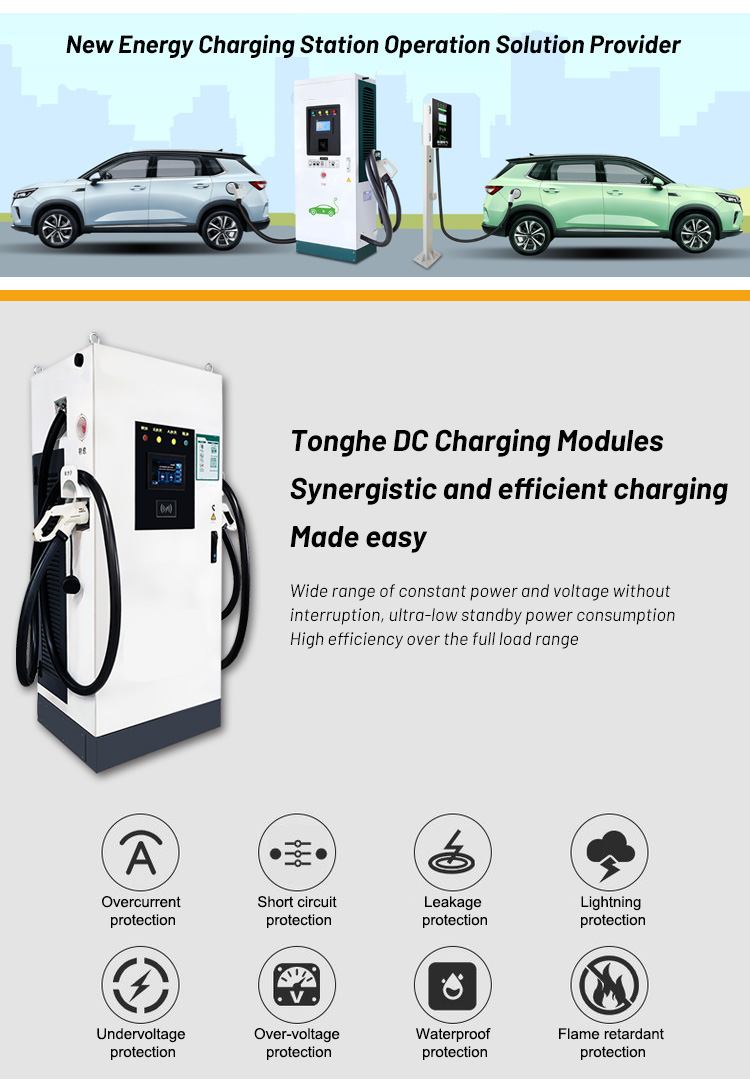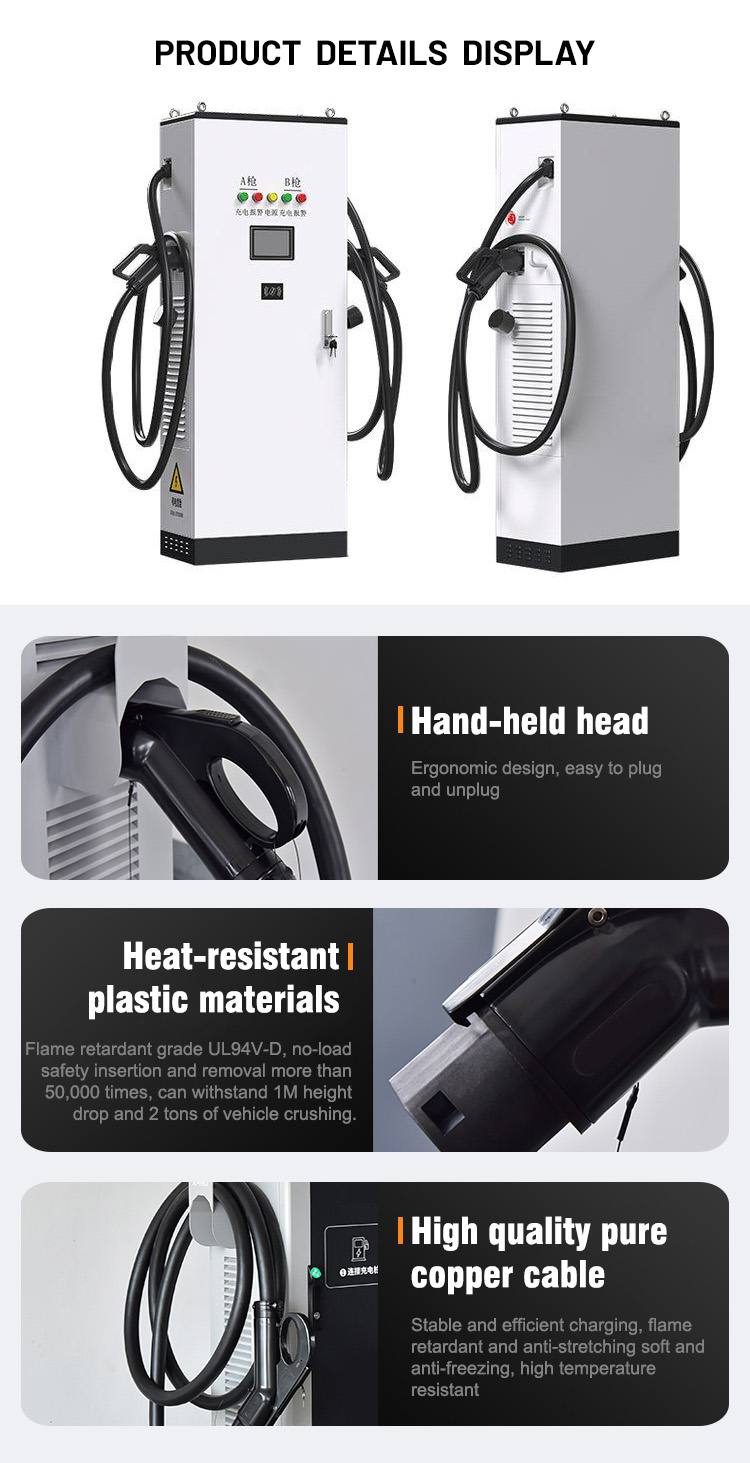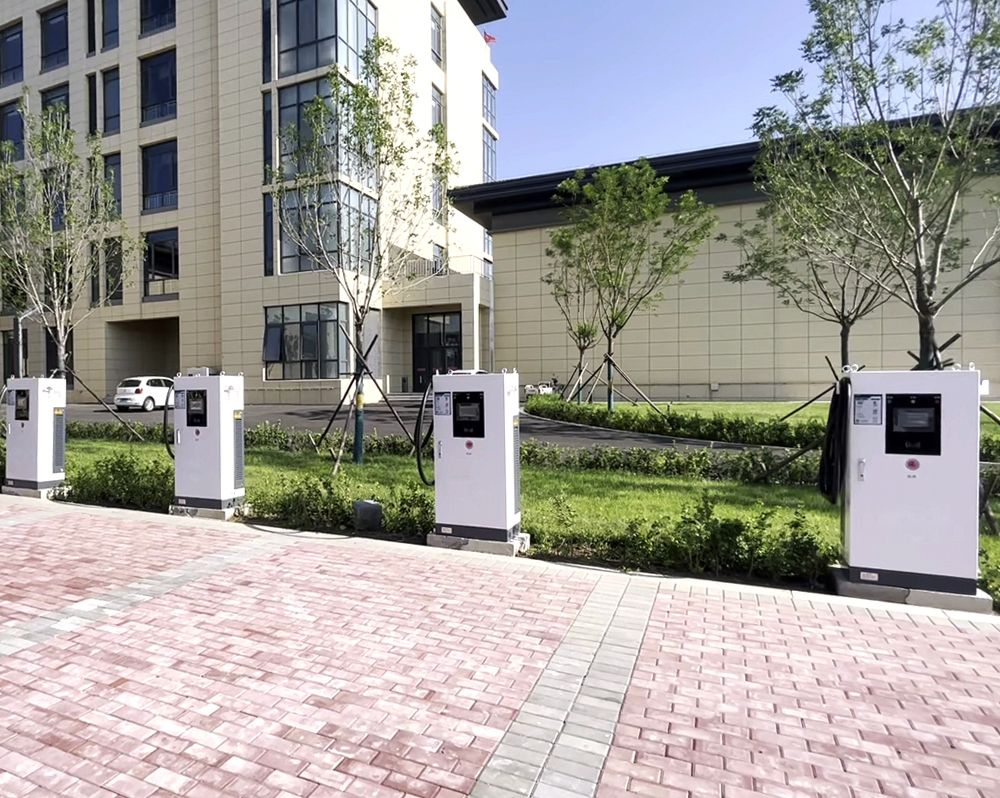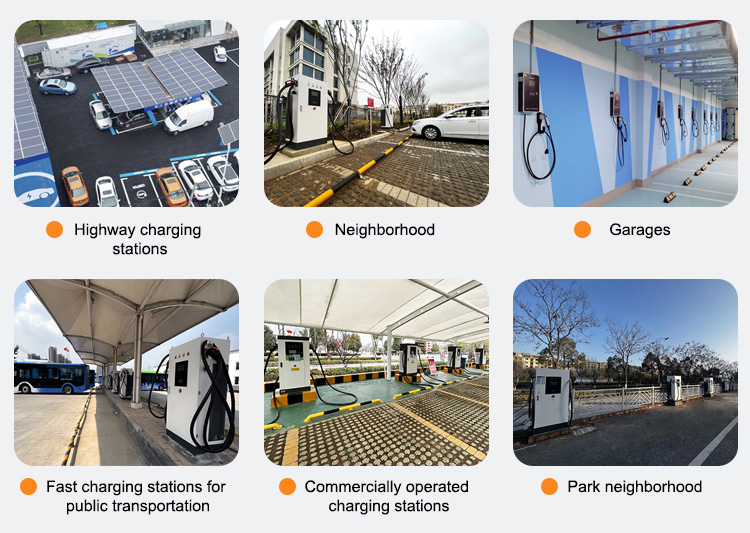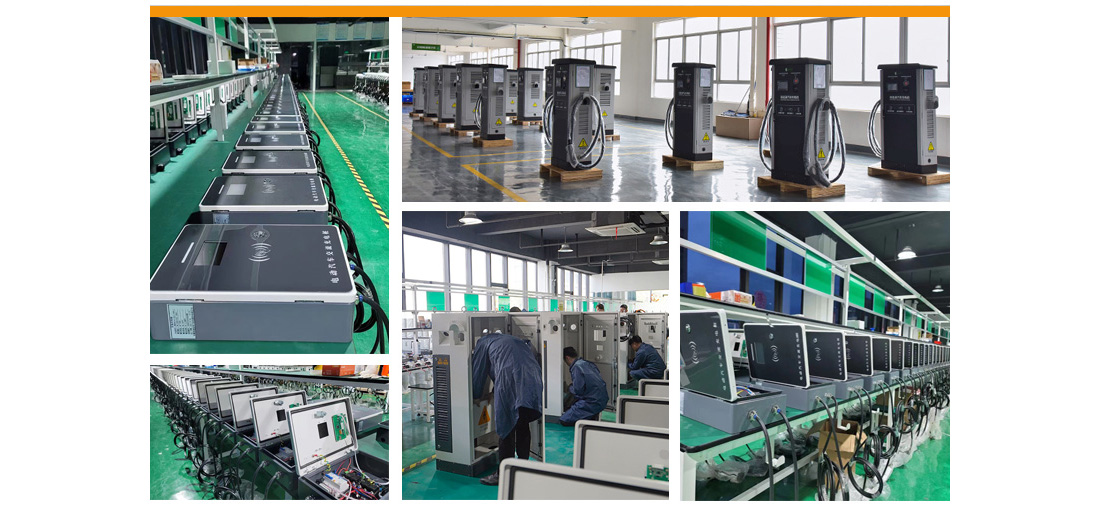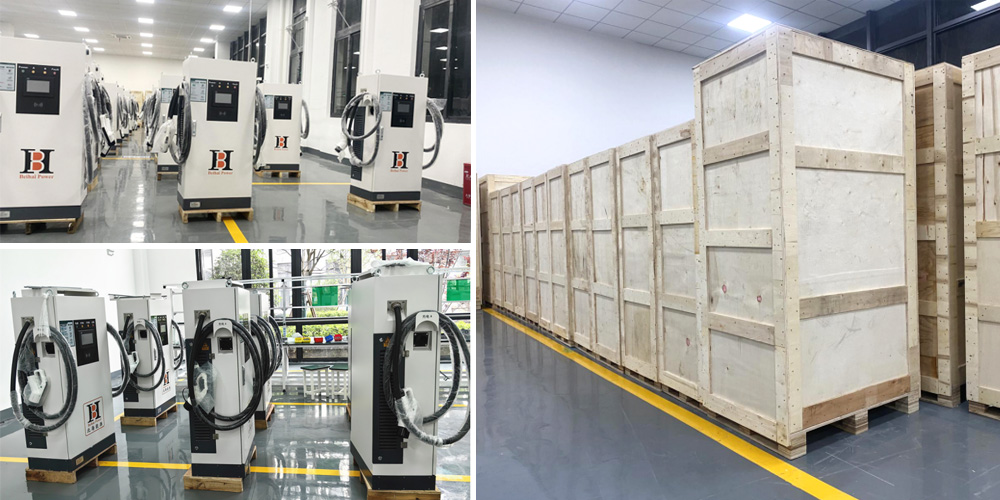Hot Sale 120kw/160kw/240kw Floor Mounted EV DC Charger Commercial IP54 Electric Vehicle Fast Charging Pile Public Type 2 CCS2 Charging Station
Product Description:
DC charging pile is a kind of charging equipment specially designed to provide DC power supply for electric vehicles. DC charging pile can convert AC power into DC power and directly charge the power battery of electric vehicles, which has higher charging power and larger voltage and current adjustment range, so it can realise rapid charging and provide electric vehicles with fast replenishment of electric power, and in the process of charging, the DC charging pile can more efficiently During the charging process, the DC charging pile can utilise the electric energy more efficiently and reduce the energy loss, and the DC charging pile is applicable to various models and brands of electric vehicles with wider compatibility.
DC charging piles can be classified in different dimensions, such as power size, number of charging guns, structural form, and installation method. Among them, according to the structure form more mainstream classification is the DC charging pile is divided into two kinds: integrated DC charging pile and split DC charging pile; according to the number of charging gun more mainstream classification is the DC charging pile is divided into single gun and double gun, called single gun charging pile and double gun charging pile; according to the way of installation can also be divided into floor-standing type and wall-mounted type charging pile.
In summary, DC charging pile plays an important role in the field of electric vehicle charging with its efficient, fast and safe charging capability. With the continuous development of electric vehicle industry and the continuous improvement of charging infrastructure, the application prospect of DC charging pile will be more broad.
Product Parameters:
| BeiHai Power DC charger | ||||||||||||||||||||
| Equipment Models | BHDC-240KW | |||||||||||||||||||
| Technical parameters | ||||||||||||||||||||
| AC input | Voltage range (V) | 380±15% | ||||||||||||||||||
| Frequency range (Hz) | 45~66 | |||||||||||||||||||
| Input power factor | ≥0.99 | |||||||||||||||||||
| Fluoro wave (THDI) | ≤5% | |||||||||||||||||||
| DC output | workpiece ratio | ≥96% | ||||||||||||||||||
| Output Voltage Range (V) | 200~750 | |||||||||||||||||||
| Output power (KW) | 240KW | |||||||||||||||||||
| Maximum Output Current (A) | 480A | |||||||||||||||||||
| Charging interface | 2 | |||||||||||||||||||
| Charging gun length (m) | 5m | |||||||||||||||||||
| Equipment Other Information | Voice (dB) | <65 | ||||||||||||||||||
| stabilized current precision | <±1% | |||||||||||||||||||
| stabilized voltage precision | ≤±0.5% | |||||||||||||||||||
| output current error | ≤±1% | |||||||||||||||||||
| output voltage error | ≤±0.5% | |||||||||||||||||||
| current sharing unbalance degree | ≤±5% | |||||||||||||||||||
| machine display | 7 inch color touch screen | |||||||||||||||||||
| charging operation | swipe or scan | |||||||||||||||||||
| metering and billing | DC watt-hour meter | |||||||||||||||||||
| running indication | Power supply, charging, fault | |||||||||||||||||||
| communication | Ethernet(Standard Communication Protocol) | |||||||||||||||||||
| heat dissipation control | air cooling | |||||||||||||||||||
| the charge power control | intelligent distribution | |||||||||||||||||||
| Reliability (MTBF) | 50000 | |||||||||||||||||||
| Size(W*D*H)mm | 700*565*1630 |
|||||||||||||||||||
| installation method | floor type | |||||||||||||||||||
| work environment | Altitude (m) | ≤2000 | ||||||||||||||||||
| Operating temperature(℃) | -20~50 | |||||||||||||||||||
| Storage temperature(℃) | -20~70 | |||||||||||||||||||
| Average relative humidity | 5%-95% | |||||||||||||||||||
| Optional | 4G wireless communication | Charging gun 8m/10m | ||||||||||||||||||
Product Feature:
DC charging piles are widely used in the field of electric vehicle charging, and their application scenarios include, but are not limited to, the following aspects:
AC Input: DC chargers first input AC power from the grid into a transformer, which adjusts the voltage to suit the needs of the charger’s internal circuitry.
DC Output: The AC power is rectified and converted to DC power, which is usually done by the charging module (rectifier module). To meet high power requirements, several modules can be connected in parallel and equalised via the CAN bus.
Control unit: As the technical core of the charging pile, the control unit is responsible for controlling the charging module’s switching on and off, output voltage and output current, etc., to ensure the safety and efficiency of the charging process.
Metering unit: The metering unit records the power consumption during the charging process, which is essential for billing and energy management.
Charging Interface: The DC charging post connects to the electric vehicle through a standard-compliant charging interface to provide DC power for charging, ensuring compatibility and safety.
Human Machine Interface: Includes a touch screen and display.
Application:
Dc charging piles are widely used in public charging stations, highway service areas, commercial centers and other places, and can provide fast charging services for electric vehicles. With the popularization of electric vehicles and the continuous development of technology, the application range of DC charging piles will gradually expand.
Public transport Charging:DC charging piles play a vital role in public transport, providing fast charging services for city buses, taxis and other operating vehicles.
Public places and commercial areas Charging: Shopping malls, supermarkets, hotels, industrial parks, logistics parks and other public places and commercial areas are also important application areas for DC charging piles.
Residential area Charging:With electric vehicles entering thousands of households, the demand for DC charging piles in residential areas is also increasing
Highway service areas and petrol stations Charging: DC charging piles are installed in highway service areas or petrol stations to provide fast charging services for EV users travelling long distances.
Company Profil
Products categories
-

Phone
-

E-mail
-

Whatsapp
-

Top







